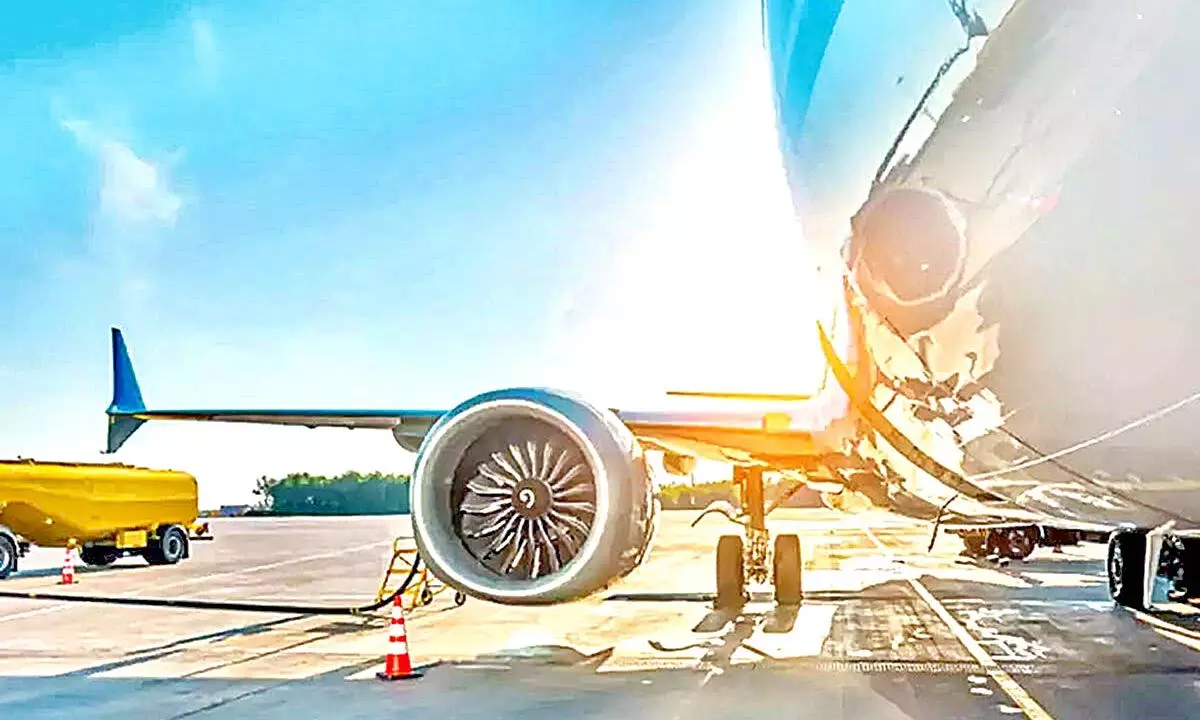ATF price volatility-led airfare cap likely
Govt will re-evaluate airfare limit for domestic airlines: Scindia
image for illustrative purpose

ATF Price Impact on Aviation Costs
- Russia-Ukraine war triggered price rise
- ATF price rose from Rs53,000 per kilo litre in 2019-20 to Rs1,41,000 per kilo litre
- The price was reduced by almost 16% or Rs21,000 per kilo litre
- But it's still double than it used to be
- ATF accounts for 39% of airline cost structure at Rs 53,000 per kilo litre
- Now, ATF price at Rs1,20,000 per kilo litre
New Delhi: The government will certainly re-evaluate the fare cap in place for domestic airlines once there is a healthier environment in terms of jet fuel prices, according to Civil Aviation Minister Jyotiraditya Scindia.
After the coronavirus pandemic rattled the country's civil aviation space, the sector is now in recovery mode, especially in terms of the number of air travellers and Akasa Air has also started services, becoming the first domestic carrier to launch operations in the last eight years. Against the backdrop of lingering pandemic blues, the ministry has put in the fare cap system for the local airlines. Currently, the fare capping is applicable on a rolling basis for a 15-day cycle. In an interview, Scindia said that as it stands today, the fares of airlines are not close enough to the low portion of the fare cap and are very far away from the high portion of the fare cap. "I have seen stabilisation happen and at an appropriate time, we will certainly look at that. I am looking at ATF prices also coming off and as that becomes a more healthier environment, we will certainly re-evaluate that," the Minister said.
In May, Scindia had said that the fare cap acts as a protector for air travellers as well as airlines. The Aviation Turbine Fuel (ATF) or jet fuel prices have been on an upward trajectory in recent months, especially in the wake of the ongoing Russia-Ukraine conflict. Recently, the prices in the country were cut, but remain much higher than the level seen during the pre-pandemic time.

